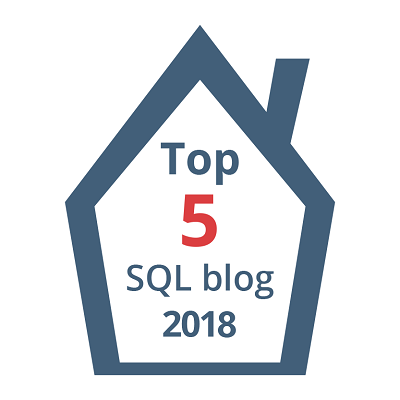ColumnStore Indexes evolution from SQL Server 2012, 2014 to 2016
ColumnStore Indexes were first introduced in SQL Server 2012, and this created a new way to store and retrieve the Index or Table data in an efficient manner.
ColumnStore uses xVelocity technology that was based on Vertipaq engine, this uses a new Columnar storage technique to store data that is highly Compressed and is capable of In-memory Caching and highly parallel data scanning with Aggregation algorithms.
ColumnStore or Columnar data format does not store data in traditional RowStore fashion, instead the data is grouped and stored as one column at a time in Column Segments.
The Traditional RowStore stores data for each row and then joins all the rows and store them in Data Pages, and is still the same storage mechanism for Heap and Clustered Indexes.
Thus, a ColumnStore increases the performance by reading less data that is highly compressed, and in batches from disk to memory by further reducing the I/O.
–> To know more about ColumnStore Indexes check [MSDN BoL].
–> Let’s see the journey of ColumnStore index from SQL Server 2012 to 2016:
✔ We will start with SQL Server 2012 offering for ColumnStore Indexes:
1. A Table (Heap or BTree) can have only one NonClustered ColumnStore Index.
2. A Table with NonClustered ColumnStore Index becomes readonly and cannot be updated.
3. The NonClustered ColumnStore Index uses Segment Compression for high compression of Columnar data.
✔ With SQL Sever 2014 some new features were added, like:
1. You can create one Clustered ColumnStore Index on a Table, and no further Indexes can be created.
2. A Table with Clustered ColumnStore Index can be updated with INSERT/UPDATE/DELETE operations.
3. Both Clustered & NonClustered ColumnStore Index has new Archival Compression options i.e. COLUMNSTORE_ARCHIVE to further compress the data.
✔ Now with SQL Server 2016 new features have been added and some limitations are removed:
1. A Table will still have one NonClustered ColumnStore Index, but this will be updatable and thus the Table also.
2. Now you can create a Filtered NonClustered ColumnStore Index by specifying a WHERE clause to it.
3. A Clustered ColumnStore Index table can have one or more NonClustered RowStore Indexes.
4. Clustered ColumnStore Index can now be Unique indirectly as you can create a Primary Key Constraint on a Heap table (and also Foreign Key constraints).
5. Columnar Support for In-Memory (Hekaton) tables, as you can create one one ColumnStore Index on top of them.
–> Here is the full feature summary of ColumnStore Indexe evolution from SQL Server 2012 to 2016:
–> Check more about this on [MSDN BoL].
Check the above details explained in the video below:
-
June 10, 2015 at 2:22 amBPOTW 2015-06-05 | SQL Notes From The Underground
-
January 5, 2017 at 12:05 pmSQL Server 2016 RTM full and final version available – Download it now !!! | SQL with Manoj
-
March 14, 2017 at 8:48 pmMS SQL 2014和2016比較 – DBA 黑白講
-
December 21, 2017 at 7:00 amSQL Server 2017 – ColumnStore Index enhancements and improvements over previous versions | SQL with Manoj





